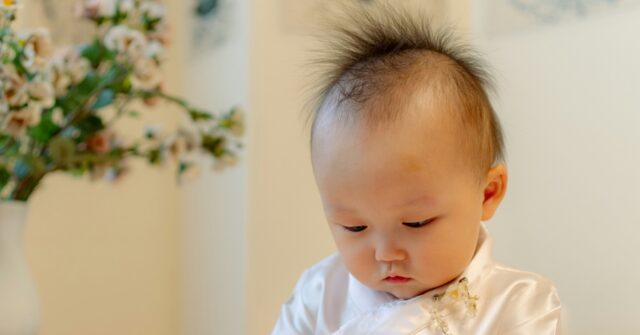Statistics Korea, a government operation run by the South Korean Ministry of Economy and Finance, released data on Monday that showed the population rose by 0.2 percent in 2023.
While a miniscule gain of roughly 82,000 people against a population of 51 million, the increase is a welcome reversal of the decline over the previous three years. Even this tiny increase appears to mostly be due to immigration.
The Korea Times explained that Statistics Korea counts “cross-border movements of foreigners residing in Korea for more than three months” as well as native births and deaths, and South Korea’s foreign residents dramatically increased by 10.4 percent to 1.94 million last year, so the Korean demographic still declined by 0.2 percent in 2023.
Business Korea bluntly stated that a heavy influx of foreigners was concealing a native population decline that did not really improve by much in 2023.
“The foreign population, which had decreased during the COVID-19 pandemic, has now shown an upward trend for two consecutive years, while the domestic population has naturally decreased for three consecutive years,” Business Korea reported.
Nikkei Asia noted on Tuesday that government policies such as “relaxed visa requirements, efforts to promote hiring of foreign students, and higher caps on foreign workers in such shorthanded sectors as manufacturing and services” probably played a role in attracting more immigrants.
The uptick in immigration appears to be permanent, as 2023 saw a significant increase in “multicultural households” defined as such by marriage – in other words, new arrivals marrying South Koreans and settling down. Immigrants of Chinese descent made up about half of these new long-term foreign residents.
The South Korean government has been desperate for any signs of a positive trend, so Monday’s report will surely be presented as welcome news. South Korea currently has the world’s lowest fertility rate, just 0.72 births per woman. Maintaining a stable population requires an average of about 2.1 children per woman.
As with most other nations experiencing demographic decline, South Korea’s low fertility rate combined with longer life expectancy due to medical advances means the population is “aging” rapidly. Statistics Korea found the working age population declined by 140,000 last year, while the number of citizens over 65 increased by almost half a million.
The elderly now make up 18.6 of South Korea’s population and 22.5 percent of them live alone. Most troubling for government financial planners is the “senior index,” the number of senior citizens per 100 children, which affords a glimpse at how small the next generation of workers expected to fund benefits for retirees will be. South Korea’s senior index is now 171, a troubling increase from an already-high 113.9 in 2018.
President Yoon Suk-yeol established a new ministry in May to address South Korea’s demographic collapse, in part to address public displeasure that birth rates are still declining despite over $273 billion spent on the problem since 2006.
Yoon promised in May to “fully mobilize all capabilities of the state to overcome the low birthrate, which can be considered a national emergency.”
South Korea’s demographic panic is all the more remarkable because the total population did not shrink for the first time until 2020. The stage was set for net population decline by ten years of rapidly declining birth rates, a fact that was not lost on Seoul’s social planners.
“Amid the rapidly declining birth rate, the government needs to undertake fundamental changes to its relevant policies,” the Interior Ministry immediately declared when the first net population decline was reported in 2020.
The Financial Times (FT) reported on Sunday that the Yoon administration hopes to use higher immigration to help address low birth rates by importing large numbers of “lower-paid foreign housekeepers to help ease the domestic and childcare workloads of women.”
A pilot project involving 100 Filipina domestic workers will soon begin and, if the project is considered successful, another 1,200 workers could be imported by the middle of 2025.
Government officials openly stated the goal of the program is to encourage South Korean women to have more children by making it easier to raise children. Wide availability of affordable foreign housekeepers and nannies is supposed to “help boost birth rates and female economic participation,” as one labor ministry official put it.
FT noted the South Korean government has also “promised to expand tax breaks for newly-wed couples, build more nurseries, extend maternity leave to 18 months and make it easier to work flexibly.”








